WATCH ABOVE: A short documentary on Cincinnati's infant mortality crisis in the media player above.
CINCINNATI — Yolanda Jackson walks to a table in her living room and picks up a box.
It fits in the palm of her hand — far too small for the heartbreak inside.
“Here she is,” Jackson says softly. “I still haven’t bought her an urn.”
The box holds the cremated remains of Jackson’s daughter, Michole, a tiny fighter born three months too soon. She weighed just a pound and lived only three days.
“I had her cremated so I could keep her at home,” Jackson says. “I don’t even know if I believe in cremation.”
Jackson doesn’t need to explain. How can any mother know what she believes when she’s forced to mourn a baby?
Hamilton County has been working for more than five years to reduce its infant mortality rate, which ranked second worst in the nation in 2011.
WCPO wanted to better understand the impact of every tiny life lost.

Over the past five months, a team of journalists has dug into the numbers, listened to grieving parents and talked to people on the front lines of trying to keep more of our community’s babies alive.
There are signs of improvement.
The county recorded 92 infant deaths in 2018, the lowest number in its history and five fewer than the year before, according to new data from the nonprofit Cradle Cincinnati. In addition:
- Hamilton County saw a dramatic decrease last year in the number of preterm births, the leading cause of infant deaths here, with 48 preterm births in 2018 compared with 60 the previous year.
- Fewer women than ever before reported smoking during their pregnancies, with smoking rates among pregnant women declining for the third year in a row.
- The county also had an 11 percent reduction in black infant deaths last year.
However, Hamilton County still has an infant mortality rate of 8.6 deaths for every 1,000 live births in the county, far higher than the national rate of about 6 deaths for every 1,000 live births.
Cradle Cincinnati executive director Ryan Adcock put it this way: “We never want to celebrate any kind of success where children are still dying. We have a long way to go.”
Yes, 2018 had the lowest number of infant deaths in the county in at least 50 years, but 92 babies still died in a community that’s home to some of the nation’s best hospitals and biggest corporations.
And black babies in Hamilton County remain 3.7 times more likely to die before their first birthdays than white babies.
As heartbreaking as those numbers are, the stories behind them are worse.
‘The worst feeling on earth’
Yolanda Jackson had no idea her odds of losing a baby were so much higher than white mothers'.
She had her first daughter, Paris, more than 18 years ago. Jackson was serving in the U.S. Navy back then and was in terrific physical shape.
When she became pregnant in late 2016, she was elated.
“Paris, she’s the love of my life,” Jackson said. “I was so overjoyed with the fact that I got to do it all over again.”
Jackson’s oldest daughter was a junior in high school at the time, and Jackson's husband was busy running his company. She worked full-time as a kindergarten teacher while studying full-time to earn another master’s degree so she could become a principal.
She was eager to add a baby girl to the mix.
“Then my skin started to get darker,” she said. “I thought I was going to have a pregnancy glow.”
She was tired but kept taking her blood pressure medication and tried to get more rest. She went to the doctor for a routine appointment in May 2017 with just one week of the school year left to go.
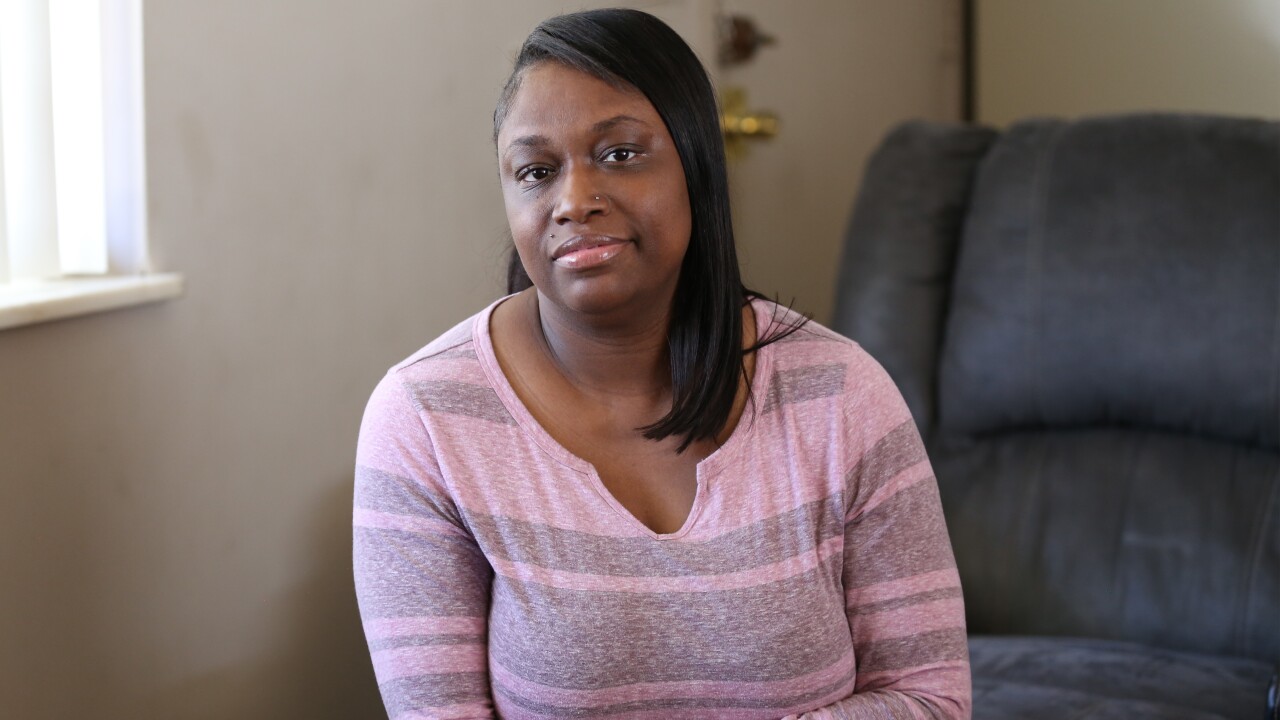
“I was so exhausted that day that I put my car in valet,” she said. “I didn’t feel like I could walk to the door.”
Jackson’s doctor discovered high protein in her urine and diagnosed her with preeclampsia, a common and sometimes fatal complication.
An ambulance took her from her doctor’s office at Christ Hospital to University of Cincinnati Medical Center, where doctors told her they had to deliver the baby.
“I refused for hours,” she said. “I knew it was too early to have her. They told me, 'We can try to save you both or we’ll lose both of you.'”
Jackson was 24 weeks and six days pregnant. Doctors said chances were 50-50 that little Michole would survive.
Her “feisty” girl died long before Jackson was well enough to leave the hospital.
“It was the worst feeling on earth because she passed, and I couldn’t go home either,” Jackson said. “I was stuck in the hospital, but my baby’s gone.”
Extreme preterm births, defined as babies born before the start of their mothers’ third trimester, remains the leading cause of infant death in Hamilton County.
Although the county saw a reduction in preterm births last year, black families like Jackson's continued to have premature babies at a much higher rate than families from any other racial or ethnic group.
‘It’s really a race issue’
When many people hear that black babies are far more likely to die before their first birthdays than white babies, they make assumptions about the reasons why.
They assume, for example, that black babies are born to moms who have less education, less wealth and less access to medical care during pregnancy.
Cradle Cincinnati has tracked the data, though, and those assumptions are wrong, according to Meredith Shockley-Smith, the nonprofit’s director of community strategies.
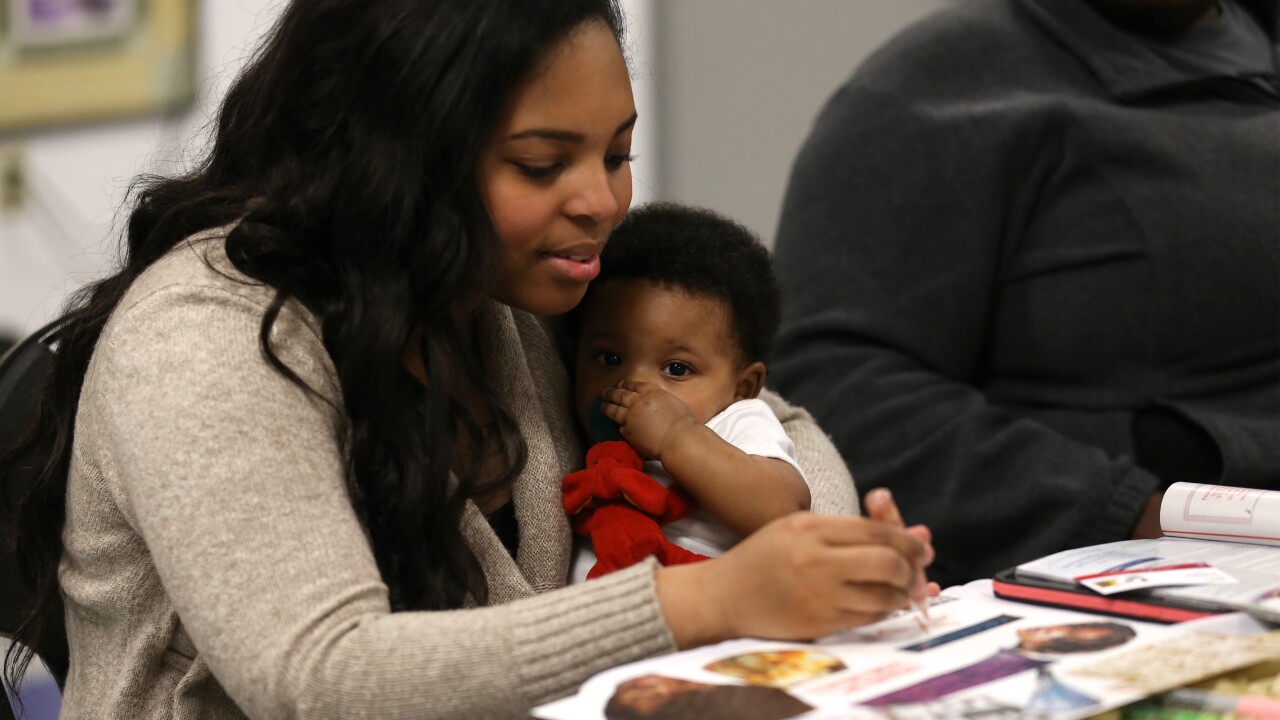
Infant mortality can happen to any family of any race or socioeconomic status, but it's hitting black families of all income levels hardest of all.
“We have a Black infant death crisis in Hamilton County,” said Cradle Cincinnati’s annual report released April 25. “Our community has failed Black mothers.”
Consider the data:
- Between 2014 and 2018, 16.7 of every 1,000 black babies born in Hamilton County died. That was significantly higher than the national black infant mortality rate of 11.4 deaths out of every 1,000 live births. It's also dramatically higher the infant mortality rates among white and Hispanic babies in the county.
- Black women who are financially secure enough to have private insurance are more than twice as likely to have an extreme preterm birth as low-income white women with publicly funded insurance, according to Medicaid data.
- And black babies born in Hamilton County today have roughly the same chance of surviving as white babies born 50 years ago, despite all the medical advances that have occurred over that time, Cradle Cincinnati’s report said.
The stark racial disparity in infant mortality is a problem nationwide. There are 261 counties in the United States with populations of more than 250,000 people, and the black infant death rate is higher than the white infant death rate in every single one, according to Cradle Cincinnati’s annual report.
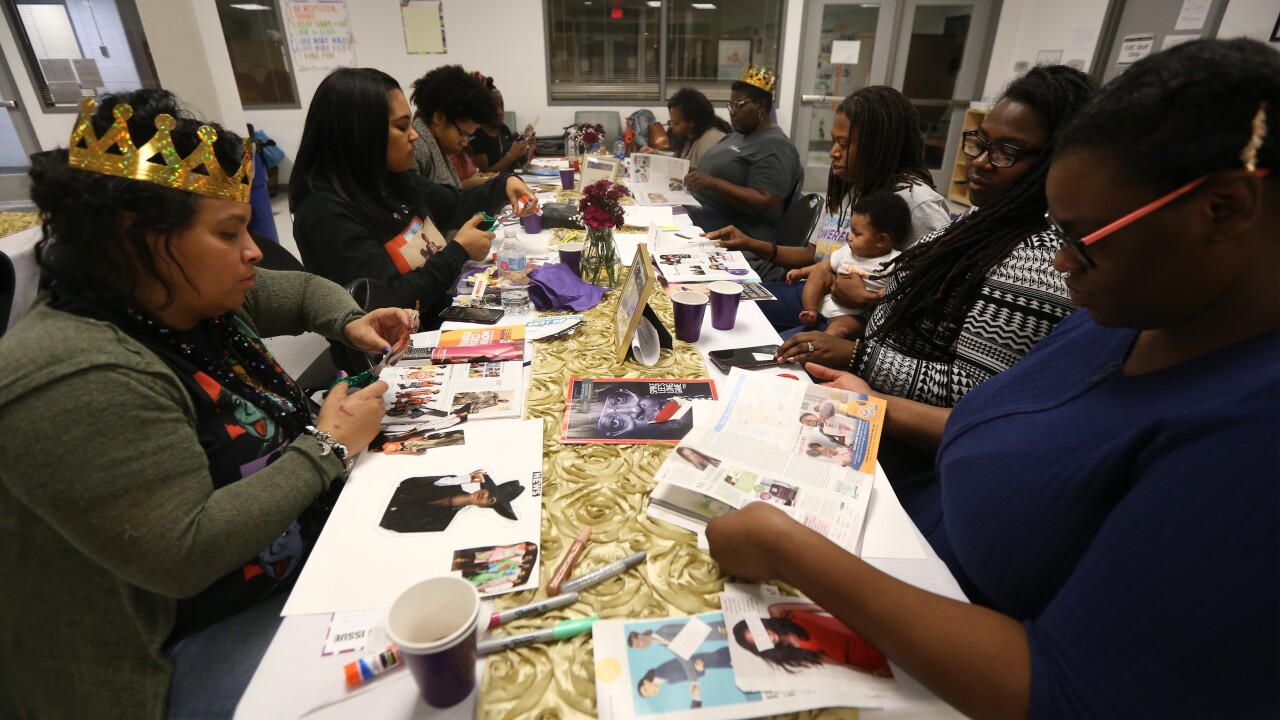
“It’s really a race issue,” Shockley-Smith said. “It is a black issue in Cincinnati across the board. So what are we doing about it?”
Shockley-Smith created a group called Queens Village for black women of childbearing age. She describes it as “a supportive community of powerful black women who come together to relax, re-power and take care of each other.”
“Part of the reason why the Queens Village space is an all-black space is because when you are walking through the world in a racist society, it’s important that you have someplace to lay your burdens down where people can understand,” she said.
The group started in Northside, where Shockley-Smith lives, and has expanded to North College Hill.
Cradle Cincinnati is attacking the disparity in other ways, too.
‘Soul food’ assumptions
The organization hired Avant Consulting Group to conduct implicit bias with prenatal care providers in Cincinnati.
The goal is to help health care providers and their support staff become aware of biases they might not even know they have, said Nicole Avant, who is a University of Cincinnati professor as well as the founder and lead consultant of Avant Consulting Group.
“It’s not assuming your patient is lazy or uneducated or they don’t care about health,” Avant said. “It’s checking those biases at the door and slowing your brain down to really interpret what you’re seeing.”
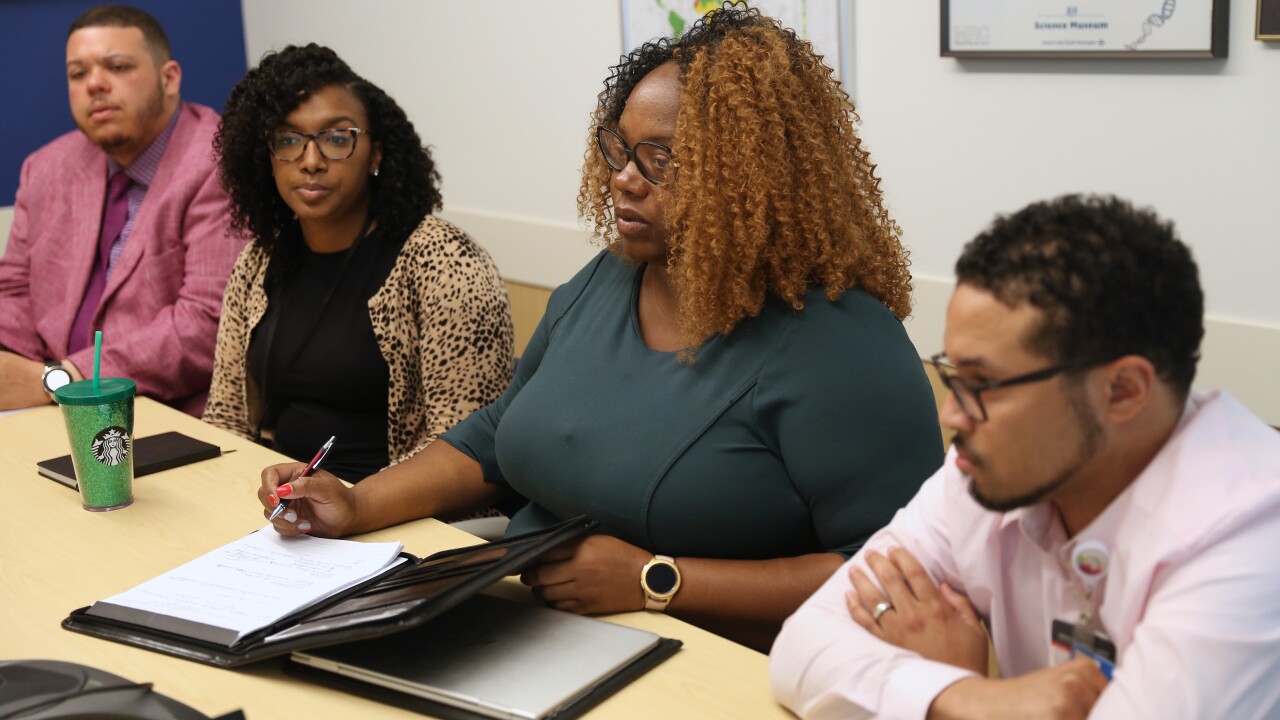
Avant, a black mother of four, has experienced that kind of bias herself. Just after she gave birth to one of her children, a doctor walked into her hospital room and said: “You’re overweight. Soul food is not good for you.”
The doctor didn’t know anything about Avant or her diet, she said, but made assumptions based on her race and body type.
“It’s really just not being seen as a credible source to explain your lived experiences,” she said. “To explain your body because people tend to think they know better and they know more.”
Dr. Roosevelt Walker is a faculty member in TriHealth’s Department of Obstetrics and Gynecology and president of the Cincinnati Medical Association, a professional association for black doctors.
Walker estimates he has delivered 3,000 babies during his 34 years in practice, and he has heard plenty of stories from patients about implicit bias.
“One of the most frequent observations that are talked about are the negative stereotypes associating African Americans with always being on Medicaid," Walker said. "That has a tendency to sometimes color the approach of the provider to the patient. And the belief that African Americans, especially African American men, are drug-seeking.”
Walker likes the idea of implicit bias training. He said having more black doctors would help, too.
The Cincinnati Medical Association estimates about 2.7 percent of doctors in Cincinnati are black, although the city’s African American population is roughly 43 percent.
“It makes a difference in that the African American physician shares a culture and a heritage and shares life experiences with the African American patients,” he said. “And for African American patients, having that connection sometimes makes it easier to establish rapport.”
‘He wasn’t breathing’
Danielle Jones had no trouble communicating with her doctors when she was pregnant with her son, Chris, Jr.
She had worked at Cincinnati Children’s Hospital Medical Center for 10 years by then and knew all the right questions to ask at every appointment.
Still, the day she and her husband found out their baby was a boy, they also learned his chances of survival were slim.
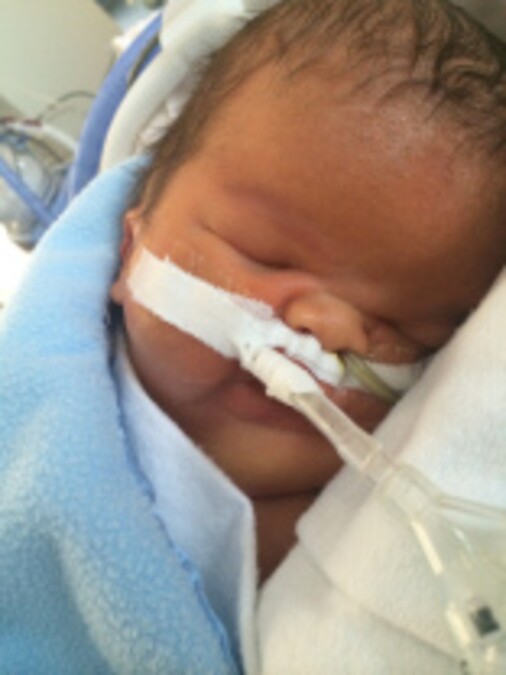
“The doctor came into the room, and her face was as white as snow, just absolutely devoid of color,” said Jones, now a senior manager of public relations at a Fortune 500 company headquartered in Cincinnati. “She said, ‘Mrs. Jones, your baby has multiple abnormalities from the crown of his head to the bottom of his feet.’”
Jones and her husband went from joyful anticipation to complete devastation. They prayed and asked family and friends to pray with them.
On July 21, 2015, Jones noticed her baby wasn’t kicking as much and went directly to the hospital.
Her doctor they needed to deliver the baby that day so he wouldn’t be stillborn.
“I got to the hospital that day at 12:30," she said. "At 4:41, my son was born. He was blue. He wasn’t breathing. They had to resuscitate him. Then it just became a game of wait and see.”
When Chris, Jr., was 9 days old, his doctors discovered he had an abnormal and deformed brain stem. Jones and her husband had three options: Leave him hooked to the machines at the hospital and let him die there; take him home with machines and let him die at home; or withdraw life support.
They stopped life support on July 31, 2015.
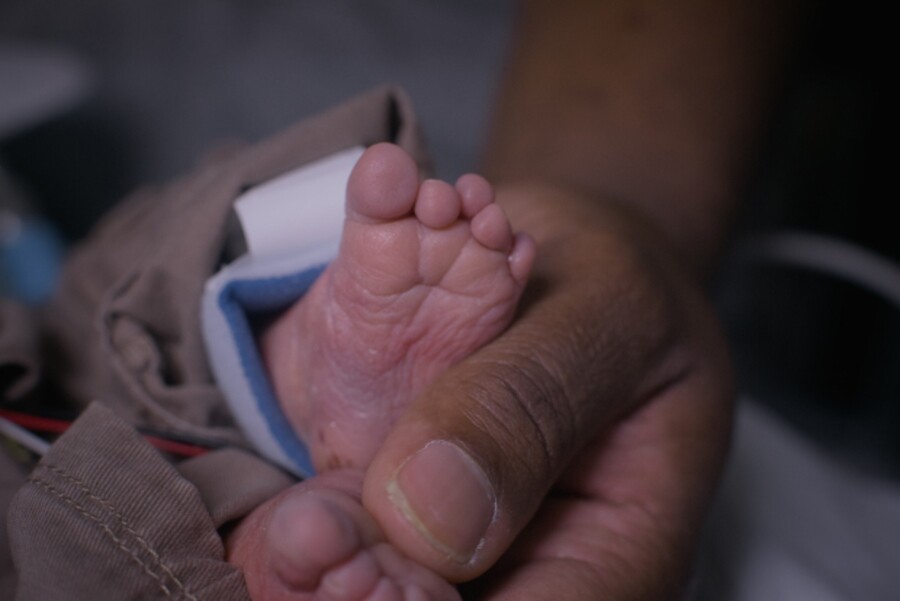
“In our minds, he was either going to learn to breathe on his own or he was going to go to live with Jesus,” Jones said. “We withdrew life support at 7 p.m. He passed away in my arms at 7:23 p.m. He breathed on his own for 23 minutes.”
Jones donated her breast milk to supply thousands of meals to neonatal intensive care units, and she and her husband founded Angel Baby Network to help other parents experiencing high-risk pregnancies and infant death.
Jones later learned she carries a genetic defect she could easily pass to another baby. She wants to have more children, she said, but she will have to use in vitro fertilization to help prevent another loss.
“Mother’s Day is coming up,” she said. “I have a niece that’s 2 months old, and I love her dearly, but it’s hard being an aunt when you really want to be a mom.”
‘Why us?’
Congenital anomalies, or birth defects, are the second-leading cause of infant death in Hamilton County. The county saw an increase last year in infant deaths that occurred as a result of birth defects: from 19 in 2017 to 23 in 2018.
It’s the one leading cause of infant death here that closely mirrors the national average and where there is no racial disparity. It’s also one of the most difficult to tackle.
“My husband and I, we’re not smokers, we’re not heavy drinkers, we don’t partake in recreational drugs or anything,” Jones said. “We didn’t do anything to put ourselves in this situation. Why us? We’re good people.”
As tempting as it can be to blame infant mortality on something the parents did or didn’t do, Cradle Cincinnati insists the death of a child is almost never the mom or dad’s fault.
Many black parents do, however, face more challenges than white parents.
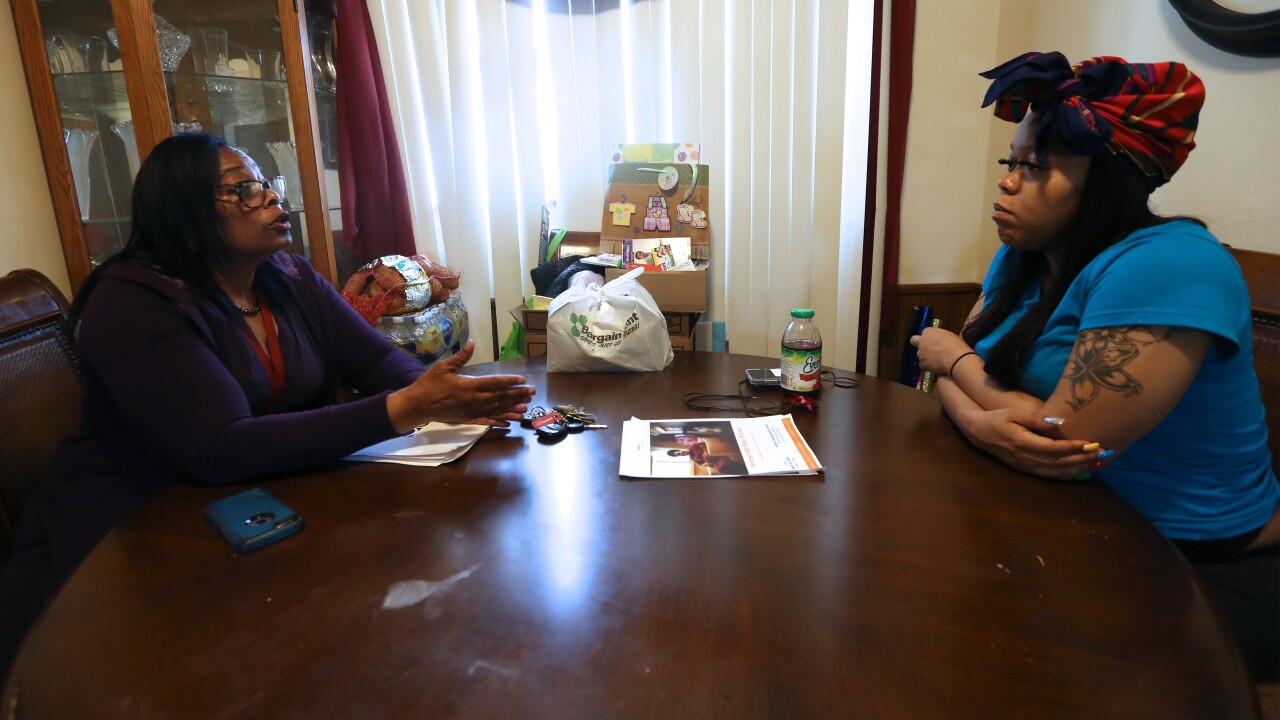
Vadaysha Robinson has had more than her fair share.
She’s 21 and expecting her first child, a baby girl she plans to name Valyncia.
Robinson was six months pregnant when her mother told her to move out in February, she said. She’s now living with the mother of her baby’s father and looking for a place of her own with the help of Marilyn Dew.
Dew is a community health worker for Cradle Cincinnati. She works with moms one-on-one to help them overcome obstacles with housing, transportation or access to health care.
Robinson sometimes feels overwhelmed by depression and can hardly eat, she said, which she knows is bad for her baby. She relies on Dew and another Cradle Cincinnati staff member to help her cope.
“I look at it as a great support team that I never had before,” Robinson said. “Since they came into my life, it’s been a whole turnaround.”
Cradle Cincinnati views community health workers as critical part of reducing infant mortality. Local nonprofits and government agencies have tripled the number of community health workers serving pregnant women, from about 10 in 2015 to roughly 30 now.
That's an especially important strategy for tackling the third leading cause of infant death in Hamilton County: Sleep-related deaths.
The county has seen progress in decreasing the number of sleep-related deaths in recent years, but 14 babies died from causes related to unsafe sleep last year, up from 13 in 2017. Cradle Cincinnati co-founder Dr. Elizabeth Kelly said she's particularly concerned about that increase and the fact that black families are far more likely to suffer such losses.
Cradle Cincinnati says that 66 percent of all sleep-related infant deaths over the past five years happened in black families.
"It's really disappointing or hard to see that there's such a great disparity and that the black community is suffering at such a higher rate than the white or Hispanic or Asian communities," she said.
Community health workers can provide free, portable cribs when needed and work to educate families that the best way for babies to sleep is alone, on their backs and in a crib or portable crib, without any blankets or toys. Most of the babies who died last year because of unsafe sleep were sleeping with another person on an adult bed or couch.

The outreach isn’t only for moms.
Cradle Cincinnati hired Mo Riggins late last year to help create its Fatherhood Project.
Riggins meets with about 40 dads regularly, some more often than others, he said, to help them understand that their children will thrive best with both parents in their lives.
“It’s about changing the belief system that, hey, you’re important,” he said. “What you believe is what you think, and what you think is what you become.”
Amid all the loss and sadness surrounding infant mortality, it is important to have hope.
It comes in the form of the Fatherhood Project and Queens Village and community health workers.
Sometimes it comes in the form of second chances.
‘Like a dream come true’
Yolanda Jackson was still grieving for Michole when she learned on Christmas Eve in 2017 that she was pregnant again.
She vowed she would do everything in her power to carry her baby to term.
She took leave from her job, ate better and got plenty of rest. She gave herself shots every night after being diagnosed with a blood disorder.
“I said I’m going to beat this preeclampsia or whatever I need to do,” she said.
But when she went to the doctor for a routine checkup on May 1, 2018, Jackson was developing preeclampsia again.
Her doctor admitted her to the hospital immediately in an effort to delay delivery. They couldn't wait long. Baby Myah was born on May 10, 2018, weighing about a pound at just 24 weeks and five days.
Jackson knew the odds; she had seen them play out just a year earlier.
“I was terrified because I just felt like she wasn’t going to make it,” Jackson said. “On day three of her life, I was a nervous wreck.”
Myah made it, though, past day three, then four and five.
“And here today,” Jackson said with a wide smile. “She’s absolutely amazing. She’s like a dream come true.”
It hasn’t been easy. Myah has severe lung disease and a floppy airwave. She needs a tracheostomy tube to breathe and has lived most of her life at Cincinnati Children’s Hospital Medical Center.
She’s had surgeries for her eyes, her tracheostomy tube, her feeding tube and to insert tubes in her ears. Myah also has gotten several blood transfusions.
“It has been a lot to keep this baby alive, and she gets through it,” Jackson said. “Thank God she gets through it.”

Myah weighs more than 15 pounds now. She likes to be held and prefers to sit up.
She likes bananas and sweet potatoes but not green beans. She listens intently when Jackson reads to her.
Today, just 10 days shy of the one-year anniversary of the day she came into this world, Myah is going home.
Her room is ready, and her parents have lined up nightly nursing care.
“This time I’m on the other side of the 50 percent, and it feels amazing,” Jackson said. “It’s possible for me to still have that second chance at motherhood, with Paris right here by my side and my husband and just my whole family.”
Jackson will feel even better once Myah reaches that one-year milestone, she said, and she’s been thinking about how to celebrate.
“I told my husband, ‘I think I want a pony at her party,’” she said.
“You better get used to it,” she told him when he asked if she had lost her mind. “We’re going to do everything big for Myah.”
This baby will never replace the one she lost, Jackson said. But she has room for both, in her home and her heart.
More information about Cradle Cincinnati and its work to reduce infant mortality in Hamilton County is available online. A community resource guide for pregnant moms is available online, too.
Lucy May writes about the people, places and issues that define our region – to celebrate what makes the Tri-State great and shine a spotlight on issues we need to address. To reach Lucy, email lucy.may@wcpo.com. Follow her on Twitter @LucyMayCincy.








